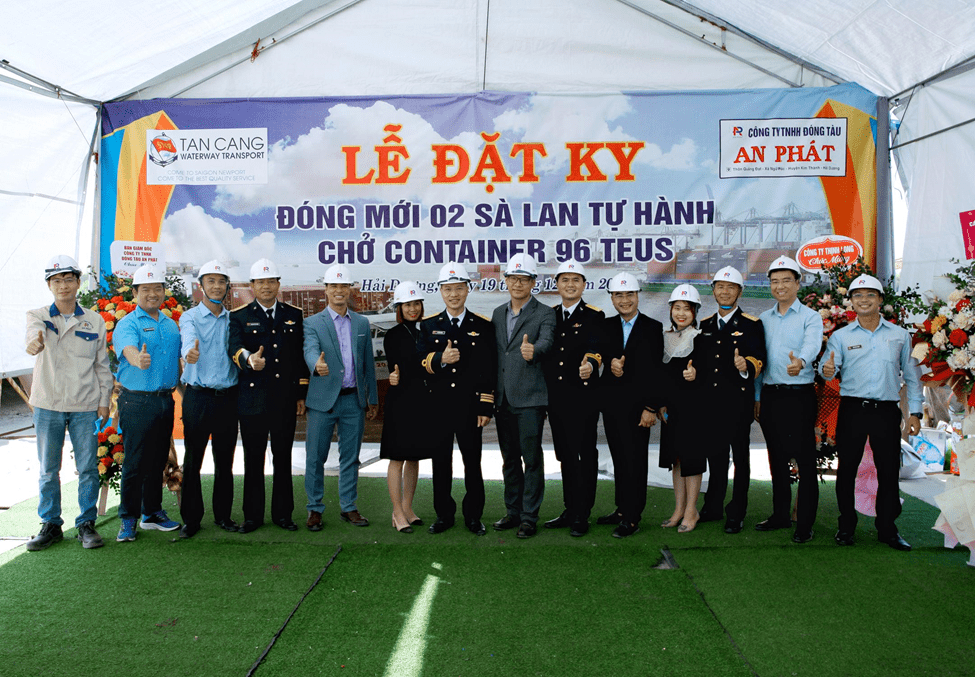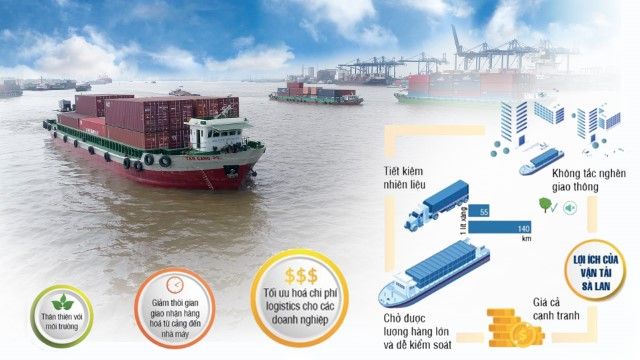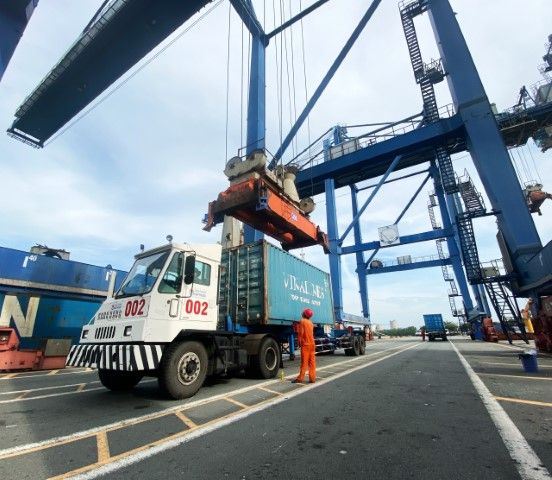Vietnam’s Cai Mep in the doldrums
16/08/2012
Vietnam’s Cai Mep in the doldrums. A port complex once touted as Vietnam's main gateway has seen its promise sink without a trace. Cai Mep International Terminal (CMIT), some 50km south of Ho Chi Minh City, was expected to attract big container ships, reported Business Times Singapore.
It had well-known global port operators such as PSA International, APM Terminals and Hutchison Port Holdings, and even shipping lines sniffing for business.
But three years after the first of the five terminals that have since opened their wharves for business in Cai Mep, that promise has fallen short: They lie quiet and underused.
Drewry Maritime (Asia) maritime adviser Truong Dao Thai Bui said that in 2012, Cai Mep container port capacity will be only 10-20 per cent utilised.
Moreover, the operators are believed to have suffered losses although no concrete numbers are available. Vinalines, the country's national shipping line, which has stakes in three Cai Mep container ports with foreign partners including those with PSA and APM, registered a loss of US$19.26 million in 2011.
Profitability remains a remote possibility in 2012. Intense competition among the operators for hard-to-come-by cargo has led to port tariffs being slashed to unprofitable levels of about $40 per container to attract business. Bui said that port tariffs in neighbouring Thailand are higher at $56 per box.
Container volumes have been hit by sluggish demand from the United States and Europe – Vietnam's main consumer markets – and the ongoing consolidation of container shipping line services.
Shipping lines have slashed their weekly calls to Cai Mep as part of their service consolidation in their drive to return to profitability.
"No one could have predicted the financial crisis' impact on the US and Europe. Without the financial crisis, there would have been 16-20 per cent container growth year-on-year, which would have meant that Cai Mep would have reached seven million TEUs by now," said Mr Bui.
In 2011, according to container journal Alphaliner, Cai Mep port terminals handled a total of 890,000 TEUs. That is only 17.1 per cent of the 5.2 million TEUs the five port terminals are capable of handling.
Projected throughput in Cai Mep for 2012 should be more than one million TEUs – still putting utilisation rates at less than 20 per cent for the year, said Bui.
That is partly because the Thi Vai-Cai Mep port complex will get more crowded. The SP-SSA International Terminal (SSIT), backed by US-based SSA Holdings International, will add another 1.2 million TEUs of capacity when it opens its doors next month.
Moreover, two other container ports are slated to open in the following two years, which will add 1.95 million TEUs of capacity. In the meantime, rival container ports in Cai Mep have had varying ways –- and levels of success ¬ of coping with the lower volumes.
Bui noted that terminals which have done the best for themselves are those which have retained regular shipping line calls at a time when container carriers cut their calls to Cai Mep. At the moment, only eight weekly services call at Cai Mep container ports. This is down from the peak of 15 in May 2011.
Two ports – PSA's and Hutchison's respective joint venture with Vinalines – are bereft of regular shipping line customers completely, said Alphaliner.
Bui said these terminals keep busy by handling project cargo and offering their warehousing facilities. The ones which held on to their shipping line customers are unsurprisingly those strongly affiliated to shipping lines, he said.
Cai Mep is operated by Maersk Group's APM while the Tan Cang-Cai Mep International Terminal (TCIT) is a joint venture between Mitsui OSK Lines, Wanhai and Hanjin. TCIT, said a spokesman, handled 228,610 TEUs from January to June 2012. "We have the largest market share."
And CMIT, said APM, will likely handle close to 600,000 TEUs in 2012. Hutchison spokesman declined comment about its Saigon International Terminals Vietnam (SITV). But in parent company Hutchison Whampoa's 2011 annual report, the group noted that SITV's "operations reported throughput growth of 97 per cent, but an increase in start-up operating losses of 55 per cent" from a year before.
Not all is rosy in Cai Mep – Alphaliner remarked that prospects for the terminals "remain bleak in the near term" – but port industry professionals believe that the situation will soon improve.
Bui said: "Once the market in Europe and the US picks up, shipping lines will reintroduce direct calls from Vietnam. Evergreen and MOL will have new calls to the US from Vietnam in August – and more will do so next year."
Terminal operators are doing their part, digging in their trenches to prepare to stay for the long haul.
Cargonews Asia























